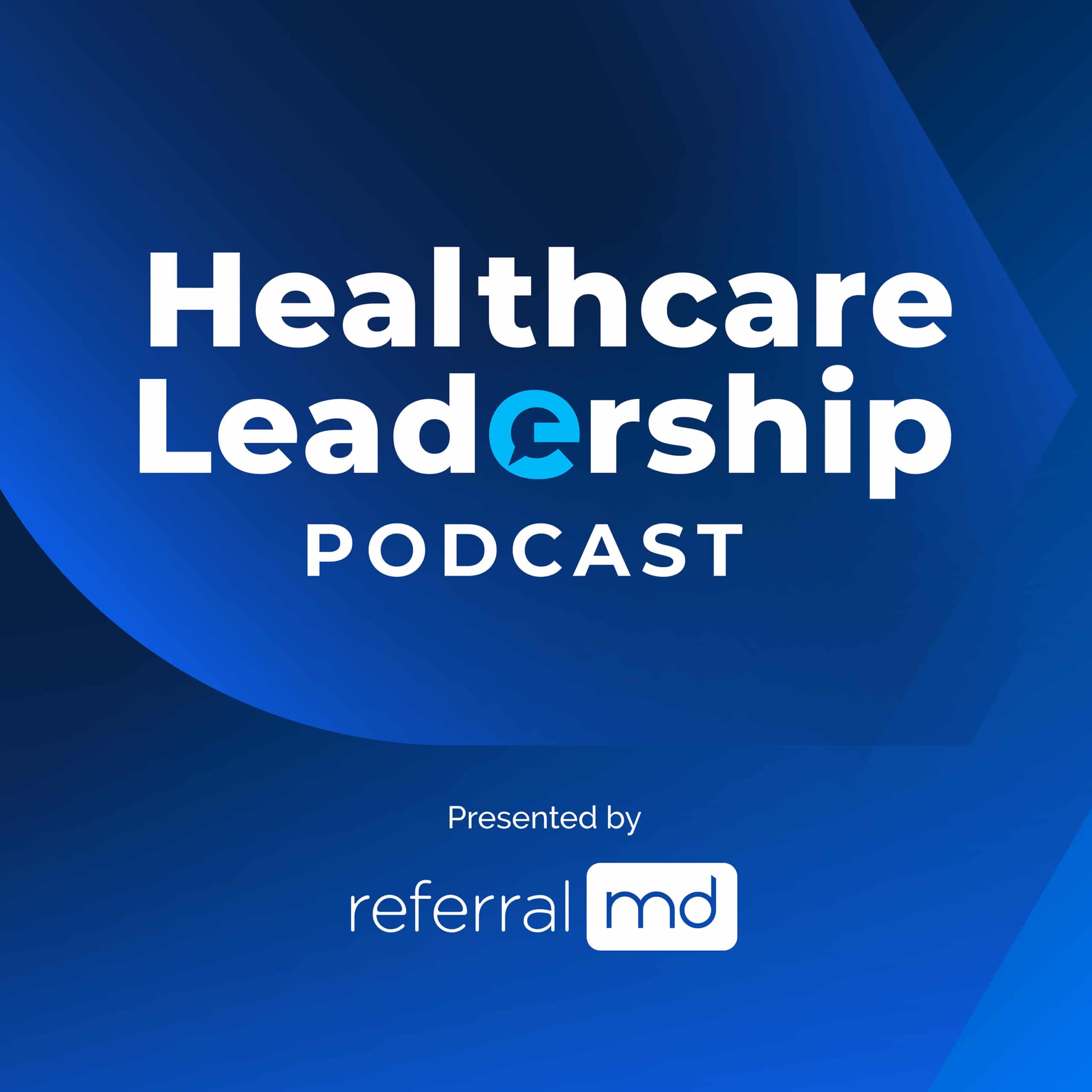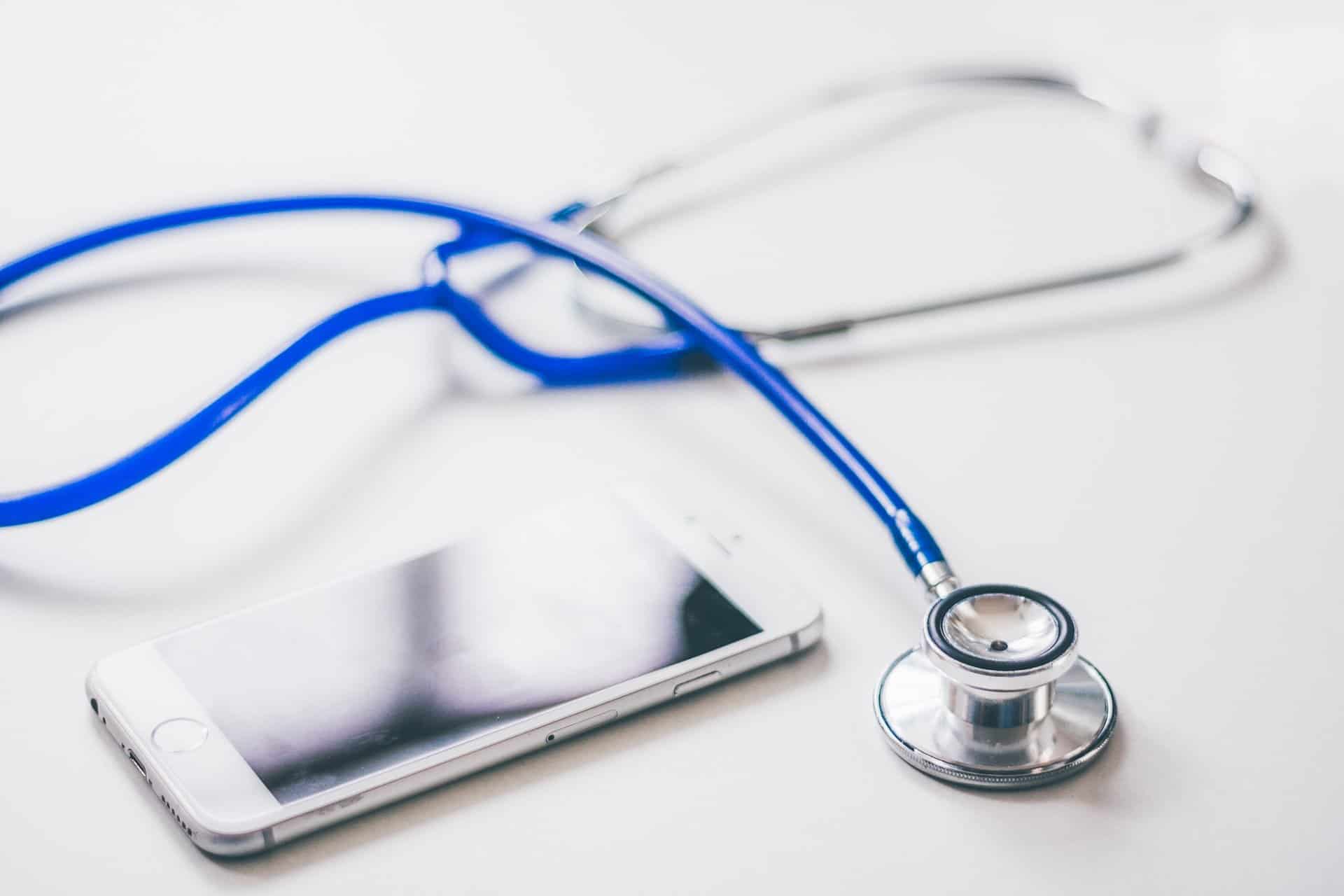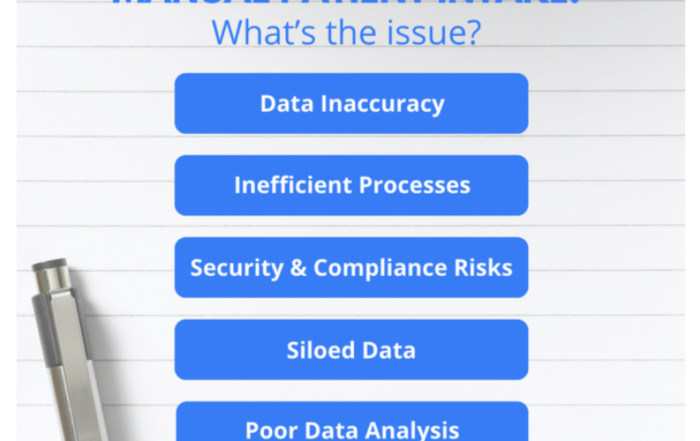The healthcare industry is growing and becoming better every passing day. New systems and technologies are being invented every day to keep up with the huge demand for medicine and treatments. What will the healthcare industry trends for this year and beyond?
The number of baby boomers who are retiring and depending on Medicare or Medicaid is growing every year. At the same time, medical experts are making huge strides in treatments and medicine. It’s difficult to predict the number of inventions in the future. But one thing we know for sure is that the healthcare industry is trending towards growth.
Fueled by rapid advancement in healthcare technology’ the medical industry has grown rapidly to serve many people across the world. Despite the uncertainty in the future, we can predict trends by tracking innovations from medical learning centers.
Today, we will discuss the top healthcare trends. Let’s begin!

Photo by on Pexels
-
Electronic medical records
The electronic medical record is the first trend on our list. But electronic medical records are not new, so how can it be a trend? Most health institutions across the world have adopted electronic medical records, and we’re starting to feel its positive effects.
According to Assignment Masters, having a patient’s records in digital form is easy to access and convenient for medical experts to communicate and share information with other experts in a different areas. With these records, the person treating the patient can access the patient’s medical history in seconds, allowing him or her to make informed decisions when treating the patient.
Although electronic medical records have been around for a while, it took some time for health institutions to embrace and implement them. Today, most health institutions around the globe use electronic medical records. This year, we expect to see how technology can continue improving patient care in the long term. With digital records, the medical expert can devise effective treatment plans anytime.
-
Smartphones in class
The second trend is all about how technology will change systems in hospitals and the class. Technology has changed how medical experts interact, gather information, and how they make decisions. It has also changed how medical students are being trained. Today, healthcare workers don’t get in trouble for having smartphones in class. In fact, they are encouraged to use these devices to improve their learning methods.
Teachers have also changed their teaching methods. They have reported having an easier time teaching using the new equipment and software, which allows them to share important information easily and fast compared to the traditional lecture, which was difficult for the teacher and boring for the student. Students can also collaborate easily through these systems, and this gets them prepared for real-life experiences.
-
Artificial Intelligence
We cannot discuss the future of the healthcare industry without thinking about artificial intelligence. Artificial intelligence will change and improve healthcare in many different ways. In general, artificial intelligence will open the avenue for human beings and technology to connect. Through this connection, we can monitor and analyze the activity of human beings all over the world easily.
Healthcare providers will have the best tools in their hands to treat patients. For instance, healthcare providers will easily offer their services through this technology in areas where there is a shortage of doctors without being there physically. Some experts predict that treatments such as radiology will be enhanced to the point that healthcare providers will not need to take tissue samples from patients.
According to Essay Shark, artificial intelligence in the healthcare industry will increase by $1.7 billion. This is expected to improve performance and productivity by ten to fifteen percent in the next few years. Artificial intelligence will improve efficiency, save time and money, and improve the experience of the patient. (See how ReferralMD is Solving Prior Authorization with AI)
-
Medical devices
Technology has made it possible for professional paper writers and patients to interact with their doctors without visiting them. Today, doctors and patients can video chat any time they want. After communicating with the patient and analyzing his or her records, the healthcare provider can easily make informed decisions. This is good news for very old patients or for people who cannot get out of their houses.
As technology improves, so does our healthcare system. Medical experts have spent a lot of time and energy innovating medical devices to revolutionize the healthcare industry. With these devices, you don’t have to wait for days or hours to get your results. They are fast and efficient.
These machines are not only convenient for patients but also for health providers. Health providers are the most hardworking people I’ve met. The world cannot survive without them. Their quality of service determines health or sickness and frustration.
-
Improved quality of service
All technological advancement is centered on improving the experience of the patient. In every profession, the experts are paid based on the quality and quantity of service they render. Technology allows healthcare providers to measure their outcomes based on the hours they log in and the health outcomes of their patients.
It also makes it easier for healthcare providers to determine which type of treatment works best and how to get the best outcome out of them and which ones don’t. Tests can be performed quickly and accurately. Medicine and other forms of treatment are available. Patients will receive the best care that man has been dreaming of and working towards for thousands of years.
-
Blockchain systems
Blockchain systems are another trend we expect to see more of this year. Blockchain technology is a new way of storing digital information that ensures less space is taken up. It basically allows the distribution of digital information without occupying it.
Blockchain was designed and created because of the digital currency, Bitcoin. Since then, experts have been coming up with new ways to use it in other technological platforms. But how does Blockchain affect healthcare?
Blockchain systems will affect the healthcare industry in the years to come in how data is transferred across health systems. Blockchain systems will surpass the limitations of Electronic Medical Records, such as compatibility issues between different health systems.
For Electronic Medical Records to work efficiently, they have to share a similar hosting system to connect and share information. But this is not the case with Blockchain systems because information can get to where it’s needed without these limitations.
Moving from a centralized data system to a blockchain system will make the process of data sharing to another level never imagined before. Data on blockchain systems are decentralized but still interconnected to the whole system. Therefore, healthcare providers can obtain information about patients without any issues at all in a secure way.
According to Forbes, blockchain systems applications will grow by five to ten percent in the healthcare industry. It is expected to shift from the pilot stage to commercial availability. Blockchain systems will completely revolutionize the healthcare industry.
-
Breaking down silos in class
Another healthcare trend revolves around provider education. According to Dr. Kristen, the PA College of Health Sciences Director, educators will break down the silos in class. Every day, more health systems of different disciplines and specialties are working together to create care teams.
For instance, the healthcare system is slowly adjusting to make complicated services easier for people to use. Patients have to see several doctors regarding the same issue. And these doctors will give different opinions and medications simply because they don’t communicate with each other.
The creation of teams of care is very efficient compared to the traditional treatment plans that fail to connect but clash. In class, this is exactly what is happening. Breaking down the silos in class makes it easier for healthcare providers entering the field to create efficient ways to do a similar thing in hospitals.
According to Zulkosky, healthcare providers are not only breaking down the silos but also bringing together disciplines and specialties through clinical simulation. By using sophisticated technology, healthcare providers can measure and record the patient’s vital signs accurately and communicate easily with providers from other disciplines. This will reduce patients’ stress levels and make it easier for healthcare providers to provide quality services.
Conclusion
The healthcare trends discussed above are but a fraction of what we should expect this year. With technology advancing rapidly, we look forward to quick and efficient medical tools and treatments.
Healthcare providers need to be supported as much as possible because most of them sacrifice their personal time to save lives. Most of them sleep in hospitals when they should be spending time with their families and friends. As technology advances, the burden on their shoulders will be lifted, and they will deliver the best quality of service.
What do you expect this year? We’d love to hear your predictions and views.











